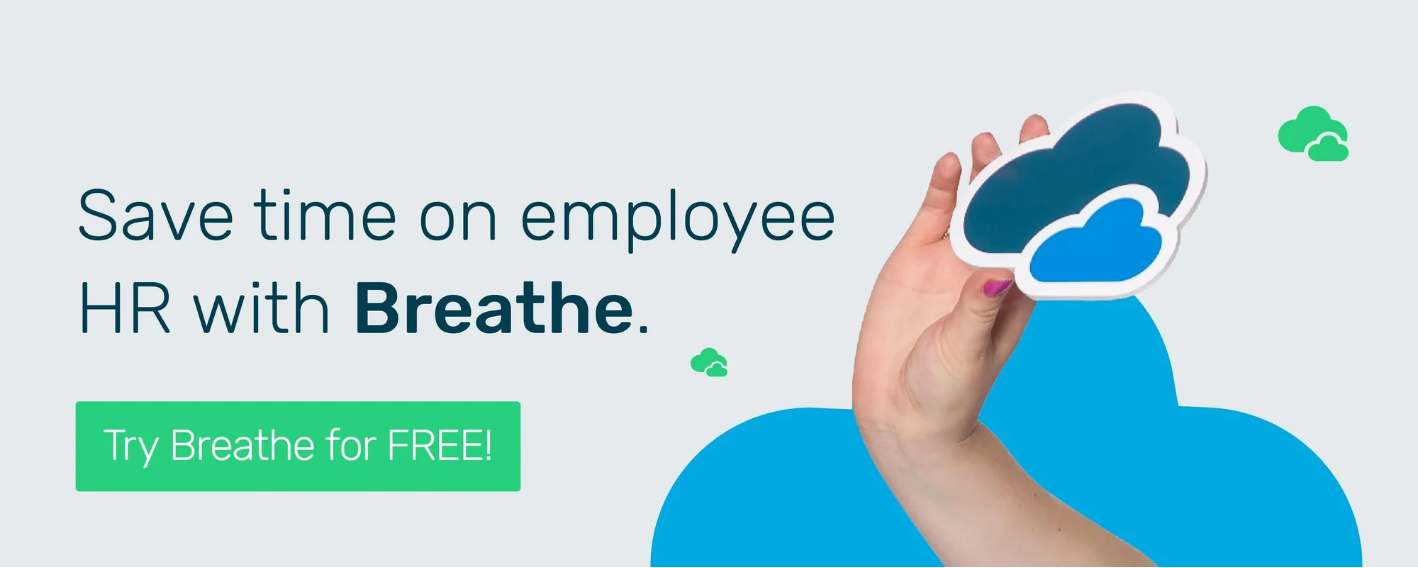In our blog last week, we discussed how the aim of agile working is to make a business more effective and responsive, as well as adopting a growth-based culture and - ultimately - increase satisfaction for your customers.
An agile business enables people to work in ways which best suit them, so efficiency, productivity and job satisfaction tend to increase, too.
Every business approaches agile working differently, but there are some key common characteristics that underpin an agile organisation. Let's take a look at what these are, as well as the benefits that they can potentially bring to your business.
In a nutshell, an agile workforce is typically:
- Goal-driven
- Open to new technology
- Flexible
- Dedicated to a culture of trust and learning
- Creative
- Performance-driven
- Good at managing change
- Data-compliant
Let's take a closer look at what these mean as well as the benefits they bring.
8 characteristics of an agile workforce
Goal-driven
Organisations that embrace agile working successfully are clear about why they are doing it. It’s important to focus on business priorities and have clear, shared visions and goals. This helps to deliver results that really matter to all your stakeholders.
Embraces new technology
Let’s face it, not many of us enjoy tedious, routine work. Automating labour-intensive, time-consuming operations liberates your staff from these morale-sapping tasks. And agile working seeks to do just this.
Digital transformation is on everyone’s lips these days. New IT tools and techniques are evolving all the time. According to a report from Deloitte, nearly everyone now has a smart phone.
Virtual Private Networks, teleconferencing and/or videoconferencing (now far better quality as well as cheaper than it once was), instant messaging, business apps and extensive use of social media have revolutionised the workplace. Apps like Slack and Zoom are great examples of this.
Consequently, marketing, IT, employee location, training, recruitment and internal and external communications have all changed drastically.
This is applicable to HR, too. Breathe has been purposefully designed to automate and manage day-to-day HR admin, freeing time for you and your staff to focus on the important stuff. This includes spending time with colleagues and building trust and confidence across the organisation.
Start your 14-day trial today in a few clicks
Flexible
Our recent report found that the number of people in the UK who use flexible and remote working has doubled in the last 20 years to a whopping 5 million.
dd6c.png?width=650&name=uk_law%20(1).png)
If your employees ask to work flexibly they often mean starting and finishing earlier or later, home-working or perhaps working a four-day week. In an agile culture, however, the term 'flexible working' is thought of as a more radical change in work practices. This includes making the most of the freedoms that new technologies make possible to maximise efficiency. The rapid uptake of cloud computing means your employees can operate from anywhere - from home, coffee shops or while on the move.
Simply put, agile working removes the barriers so that staff can operate from wherever and however they like.
However, flexible and agile working share some benefits. The Flex Factor Report outlines some of these and provides some useful case histories.
Benefits of flexible working for your business can include:
- increase in productivity and efficiency – improved customer satisfaction
- better and more cost-effective use of space
- happier employees due to a more flexible lifestyle and more autonomy
- environmental – reduction in carbon footprint
Along with individual empowerment, your entire agile business becomes more flexible. Like all organisations, the agile business works around a plan.
However, while keeping pre-determined goals top-of-mind, it encourages the uptake of new and unforeseen opportunities while minimising risks from less welcome events.
Most SMEs are nimble, responding and adapting quickly to change, but as companies grow they typically lose this ability - and it's easily done. But, the idea behind agile working is to retain the typical fast-moving approach of smaller companies to react to both external and internal events as your company expands.
Culture of trust and learning
In the journey to becoming agile, developing a culture of trust is essential. Agile working relies on collaboration and trust between your team members – and even external partners, some of whom may be customers – and each has an important role to play.
To boost trust in your workplace, try the following tips:
- risk-averse becomes a willingness to experiment in the quest for innovative approaches to problem-solving
- encourage employees can be open and honest about mistakes and learn from them
- ensure leadership is supportive and not controlling
- focus on employee wellbeing, not on putting in unnecessary long hours.
Creative
Agile companies are creative in their use of innovative solutions. Many of your clients will be transforming and reinventing themselves on a daily basis – you should do the same, encouraging radical thinking but in a structured fashion, testing new ideas and concepts and either implementing or discarding and then moving on to the next.
Performance-driven
Agile workers can largely choose when they work and where from; the priority is to achieve the best results for your business, not to work set hours in a specific location. You may need to review how performance is measured as a result – see the next point.
Embrace change enthusiastically
In moving to agile working, you need to create a culture that supports it and welcomes new ways of operating. For most, the move to becoming agile will involve quite a radical transformation. Agile also provides a framework for encouraging ongoing organisational change rather than resisting it in order to remain responsive to customer needs.
As well as building a culture of trust, your staff many need training in new management skills along with a review of:
- appraisals and performance measurement - focus on results (but individual contribution not so apparent)
- pay and benefits, including bonuses – performance-based (implication for contracts)
- management style – delegate and empower
Compliant with data protection regulations
Under an agile working model you’ll need to consider who should access secure data and how. While cloud-based software allows easier remote and agile working, this has significant implications for data security, especially as we now have regulations such as GDPR. Data privacy policies and guidance for anyone accessing information over a network is essential; your customers need to be sure that their data is protected.
As we said in our recent blog, your company should be able to assure your customers that their data is safe.
For example, here at Breathe we are ISO 27001 accredited, meaning you can rest assured your data is in the safest hands.
Every organisation will implement agile working in its own way, and the benefits for each will differ. However, there are clear advantages to agile working for you, your employees and your customers: it's certainly a no-brainer.
.webp)
Author: Sarah Benstead
Sarah is a Product Marketing Specialist here at Breathe. Always innovating, she loves writing about product releases in an engaging & informative way. When she's not coming up with new ideas, she enjoys long walks with her dog, Clifford.




